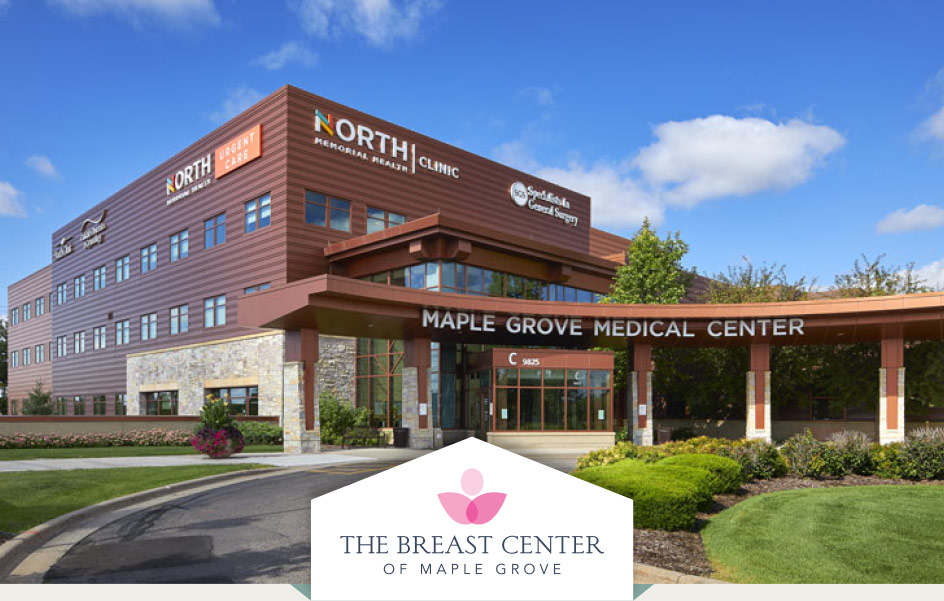Mastitis is a condition that occurs when a woman’s breast tissue becomes inflamed due to infection. Breast infections can develop from common bacteria known as Staphylococcus aureus, which causes pain, swelling, and redness in the affected area.
Breastfeeding women are more susceptible to mastitis, but it can also occur in women who aren’t breastfeeding. Therefore, seeking medical attention if you suspect you have an infection is your first step, as it can lead to complications if left untreated.
In this guide, we’ll walk you through everything you need to know about breast infections so you understand your treatment and prevention options.
Types of Breast Infections
- Mastitis, as mentioned, is a common infection that occurs when bacteria enter the breast tissue through a cracked or sore nipple.
- Lactational mastitis develops when bacteria from your baby’s mouth enters the ducts and multiplies in the milk. In contrast, non-lactational mastitis causes a similar infection, but it is not caused by breastfeeding.
- Inflammatory breast cancer is a rare but aggressive disease that occurs when cancer cells block lymph vessels in the skin of the breast.
Why Do Women Develop Mastitis?
Common causes of mastitis include milk duct blockage, infection, and inflammation.
- Milk duct blockage can occur when milk is not properly drained from the breast, leading to a buildup of milk and bacteria.
- Infection can occur when bacteria enter the breast tissue through a cracked or sore nipple.
- Inflammation can occur as a result of injury or trauma to the breast.
Other factors that can increase the risk of mastitis include stress, fatigue, and poor nutrition.
Recognizing the Signs of a Breast Infection
Common symptoms of a breast infection include:
- Breast swelling, tenderness, itchiness, redness or warmth
- Breast lump
- Nipple discharge
- Fever
Please note that common breast infection symptoms share similarities with inflammatory breast cancer. So while most women will have a simple breast infection, it is always important to mention any breast changes to your clinician, who can recommend additional screening if needed.
Diagnosing an Infection
Most cases of breast infection can be diagnosed through a physical exam by your doctor.
During the appointment, your doctor will also check to see if an abscess has formed, which can usually be drained right in the office, providing significant pain relief.
However, additional testing is necessary for some patients to rule out other conditions. Therefore, your doctor may prescribe a mammogram, biopsy, or ultrasound for a more definitive diagnosis.
How Long Does Mastitis Last?
Most breast infections respond well to a 10-14 day course of antibiotics.
Symptoms usually clear up within 2-3 days; however, taking all the medication prescribed is essential to ensure the bacteria doesn’t return.
If you have been diagnosed with a breast infection, you can try several at-home remedies, in addition to antibiotics, to relieve discomfort:
- Warm compresses several times each day
- Over-the-counter anti-inflammatory medications
- Empty breasts more often than usual to prevent prolonged engorgement
How to Prevent Mastitis
Preventing mastitis is crucial for all nursing mothers. Below are a few tips:
Ensure proper latching
Ensure your baby is latching onto your breast properly. Doing so will help ensure that milk is flowing freely and that your breasts are not becoming engorged.
Avoid tight clothing
Wearing clothes that restrict blood flow to your breasts can lead to engorgement and increase your risk of developing mastitis.
Empty your breasts
Ensure you are emptying your breasts during each feeding. Doing so will help to prevent milk from building up in your breasts and causing an infection.
Practice good hygiene
Wash your hands before each feeding and keep your breasts clean and dry. This will help to prevent the spread of bacteria that can cause mastitis.
Avoid abrupt weaning
Abruptly stopping breastfeeding can cause your breasts to become engorged, increasing your risk of developing mastitis. It’s best to wean gradually to avoid this.
Following these tips may help prevent mastitis and ensure that you and your baby are healthy and happy. Talk to your clinician for more ideas on best practices to avoid mastitis.
Can a Breast Infection Go Away on Its Own?
As mentioned earlier, if you suspect a breast infection, contact your clinician, as it can lead to more severe complications if left untreated. Your healthcare provider may prescribe antibiotics to help clear up the infection and alleviate symptoms.
Resting and taking care of yourself during this time is also important.
Need Further Testing?
Contact The Breast Center of Maple Grove if your doctor recommends further testing. We offer convenient mammograms, breast ultrasounds, and other diagnostic services to help you get the results and support you need.
Additionally, if you’re due for your annual mammogram, please schedule an appointment using our online form, contact us directly, or walk in during our regular business hours!

